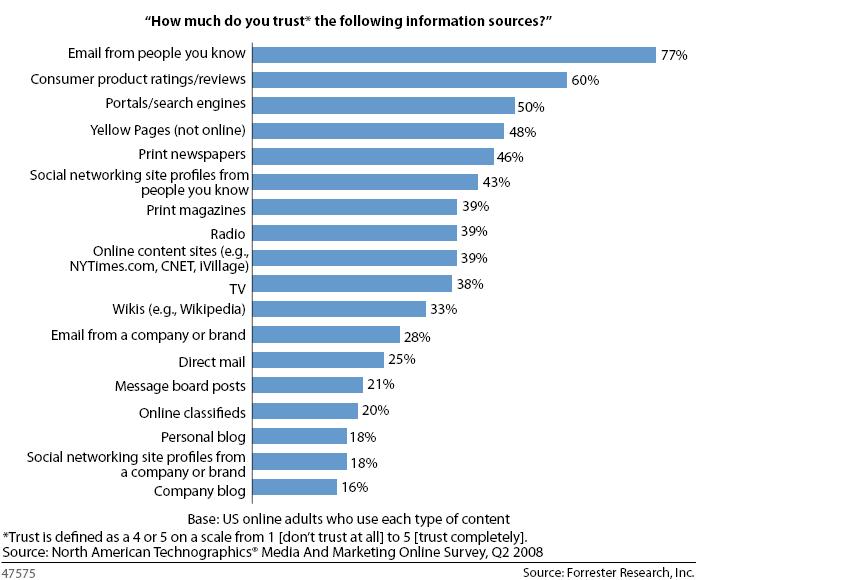Online Resolutions, 2009 ed.
I am rounding out a truly amazing 2 weeks off. And yes, I may have done a few hours of work during that time, but physically and psychologically, I have truly been present with family and friends in a new way. With the reality that work is gearing back up, my mind is now on how best to spend my 2009 online time – to squeeze the most value, quality and fun out of every moment of the day. Here is my very unscientific list of changes for 2009:
1) CHECK RSS TWICE A DAY. Not 100x/ day, not 0x/ day. I have a tendency to either get totally engrossed in other work and forget about the outside world, or to obsessively look for each incoming update. Moderation in all things.
2) TWEET MEANINGFULLY. This is hard. While I believe slice-of-life entries are a great enhancement to your Twitter profile, it is important to keep the “signal to noise ratio” (in the words of Jeremy Epstein) high. These last two weeks off have been primarily noise – beautiful noise, but noise nonetheless – but 2009 is going to be all about signal!
3) ENJOY CONNECTIONS; NOT COMMERCE. Pre-Christmas browsing started me down the road to acquisition obsession. Every luxury e-tailer having unheard of sales was more fuel on the fire. It’s over. Facebook, LinkedIn, Twit2Fit, and SWOM provide shared value for me and my network and are about connections, not commercialism.
4) NO CASUAL GAMES. These are the online equivalent of the junk food french fries that I vowed to kick in 2008 (and 2007, 2006, etc). My current poison, having graduated from Bejeweled, is a little something that I like to call Big Money. (Warning: Click link at your own time-sucking risk). Similar to Wesleyan Tetris that came within a hair of preventing me from completing my Junior year independent study in college, I need to go cold turkey.
5) MAKE BLOGGING A ROUTINE PRIORITY. I am fairly regimented and take great joy in going to the the gym. Because of that, I make time for it. I plan to do the same for blogging in 2009.
6) REFOCUS. I also plan to return to the core purpose of this blog – highlighting the great work of specific brands in connecting with their customers. This is the true meaning of “Marketing Environmentalism” and will be particularly important in these tough economic times.
My biggest offline resolution of 2009 is to have more fun. I believe that trying to cut some of my “junk” online time – focusing on strengthening my knowlege, skills, and interpersonal connections – will help create the time to do what’s important offline: going to the playground with my son, to a restaurant with my husband, or outside to enjoy friends and DC.


